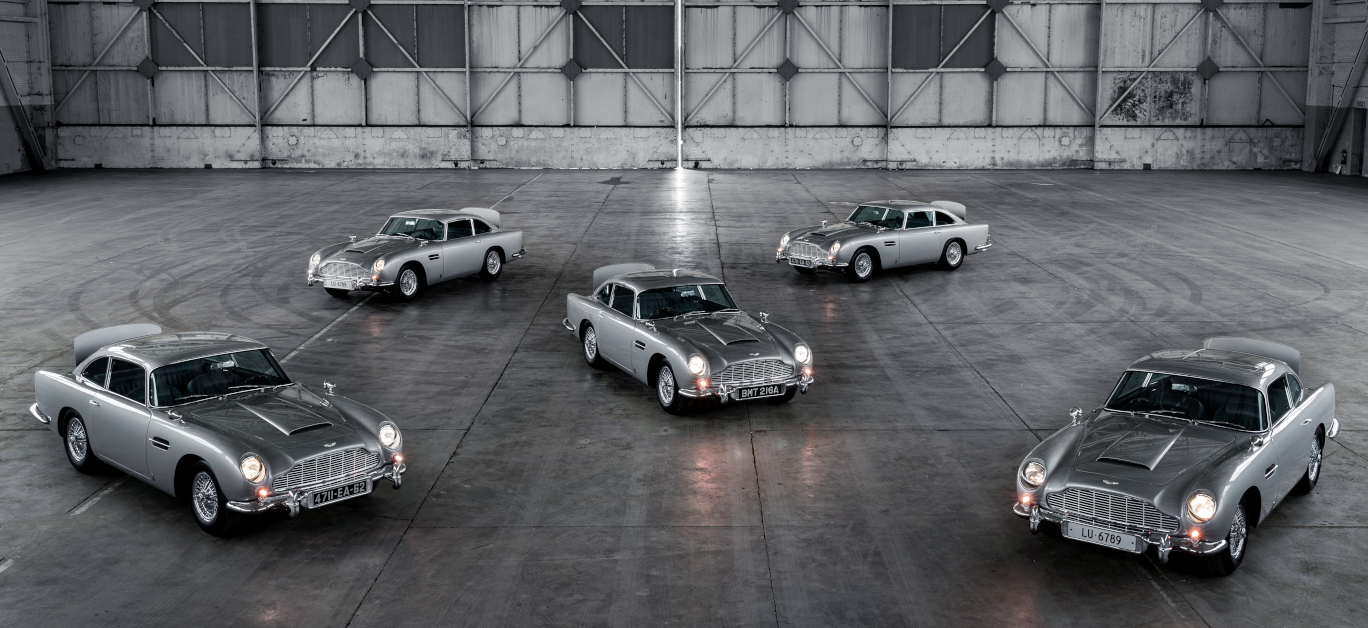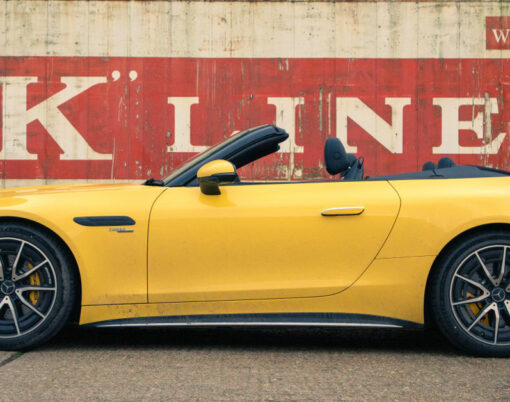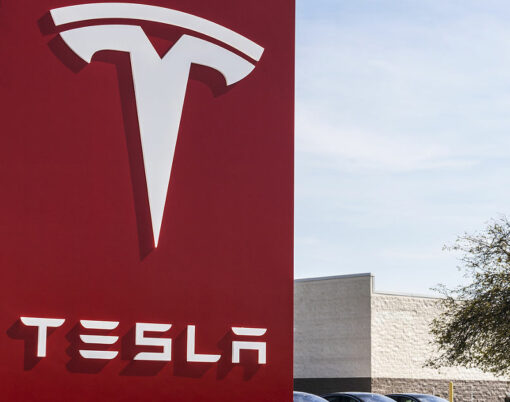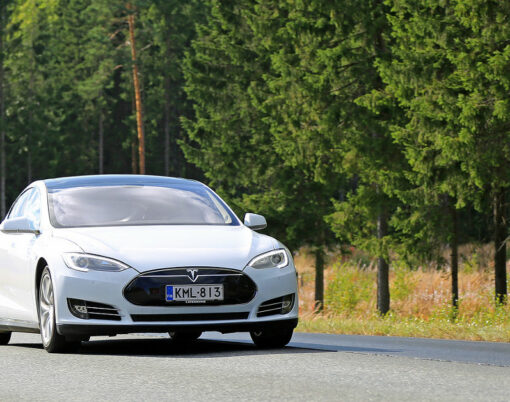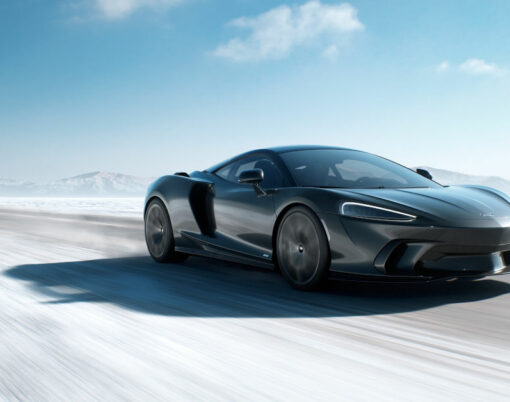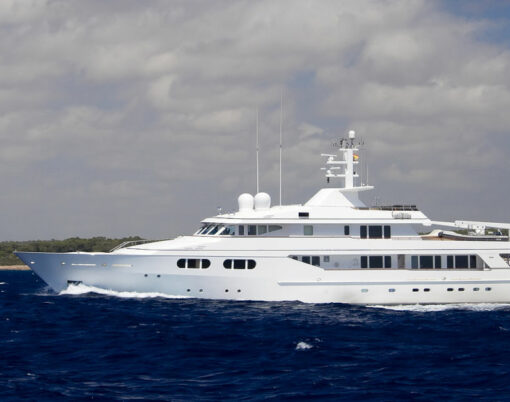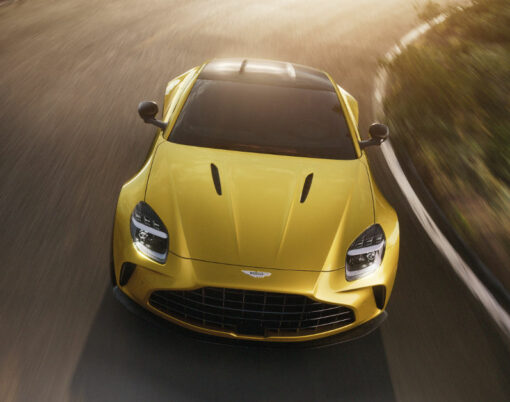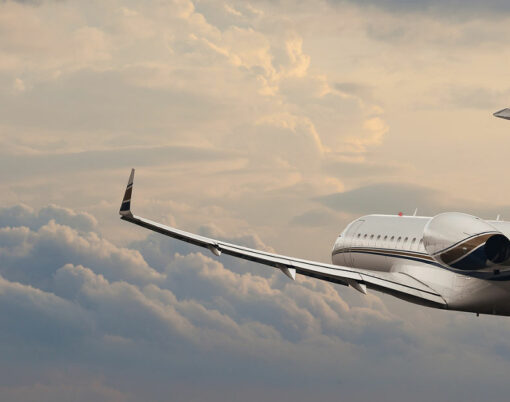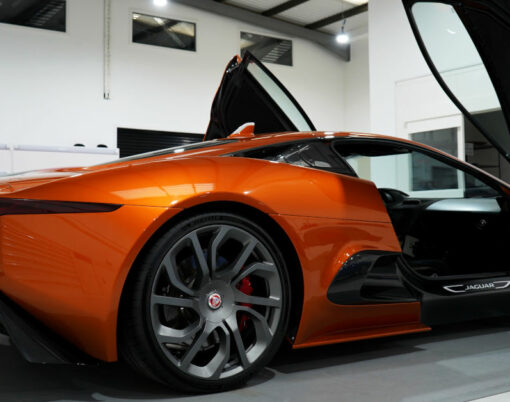In one of the most hotly anticipated stock market listings, historical British luxury sportscar marque, Aston Martin, floated in October 2018 at £19 per share. Less than two years later, the company’s share price had plummeted more than 90 per cent, there was a management shake-up and the business had to seek significant additional equity and debt financing to keep the business moving forward.
Having first partnered with Mercedes in 2013, working on engine development and Mercedes taking a small equity stake in the business, the German car maker is one of Aston Martin’s continued backers, raising its equity stake in the company in late 2020 to support the brand further. The strengthened partnership will “provide Aston Martin with access to new cutting-edge powertrain and software technologies and components, including next generation hybrid and electric drive systems”, stated Wolf-Dieter Kurz, head of product strategy at Mercedes.
Former CEO of Mercedes-AMG, Tobias Moers, became chief executive of Aston Martin in the summer of 2020 to spearhead a turnaround of the company’s fortunes. Canadian businessman Lawrence Stroll also invested to support the business in 2020 and became the company’s executive chairman.
The struggles of the past year was yet the latest twist in a turbulent history for one of the most revered sportscar brands in the world. However, despite the twists and turns of its financial fortunes, there continues to be a desire to see Aston Martin succeed and there have always been willing investors to take the reigns of this iconic brand, seduced by its heritage and continued belief in the opportunity of what has become one of most sought-after automobile marques in the world.
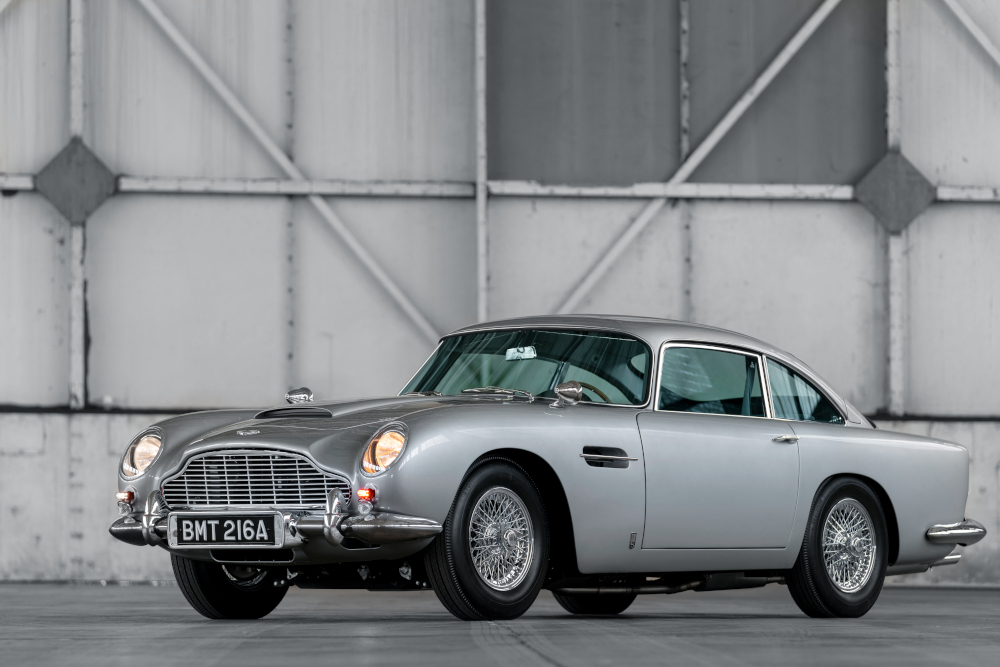
The origins of Aston Martin go back over one hundred years. Lionel Martin and Robert Bamford were business partners who sold Singer cars (originally a bicycle manufacturer, from 1901 the Singer Motor Company made cars and commercial vehicles) through their Bamford and Martin showroom in London, as well as servicing British GWK and Calthorpe vehicles. With a passion for cars and racing, they would go on to found Aston Martin together in 1913, naming the company from a combination of Martin’s surname and the Aston Clinton Hill Climb race, which Martin won in one of their modified vehicles.
The first car to carry the Aston Martin name was actually a vehicle from the luxury Italian car manufacturer, Isotta-Fraschini, which had been modified by Martin fitting a four cylinder Coventry-Simplex engine to its chassis. It would be in 1915 that a ‘genuine’ Aston Martin would be launched, but the First World War would cease any further development for a number of years.
Like many of the great luxury sportscar marques such as Bentley and Bugatti, Aston Martin’s initial reputation was developed off its racing credentials. The brand’s international racing debut was in the 1922 French Grand Prix and the marque would break multiple records at Brooklands, the famous motor racing circuit. An Aston Martin, driven by Augustus Bertelli and Pat Driscoll, would go on to win the 1932 24 Hours of Le Mans Biennial Cup.
By this stage, Aston Martin had already been bankrupted. Bamford had left the partnership in 1920, the company then receiving funding to continue its operations from Count Louis Zborowski, a racing driver and automobile engineer and, at one stage, one of the wealthiest youngsters in the world, having inherited millions from his American heiress mother, including real estate in Manhattan. Zborowski would sadly die in a crash at the Italian Grand Prix in 1924, the year in which Bamford and Martin would go bankrupt, before being subsequently acquired by Lady Charnwood.
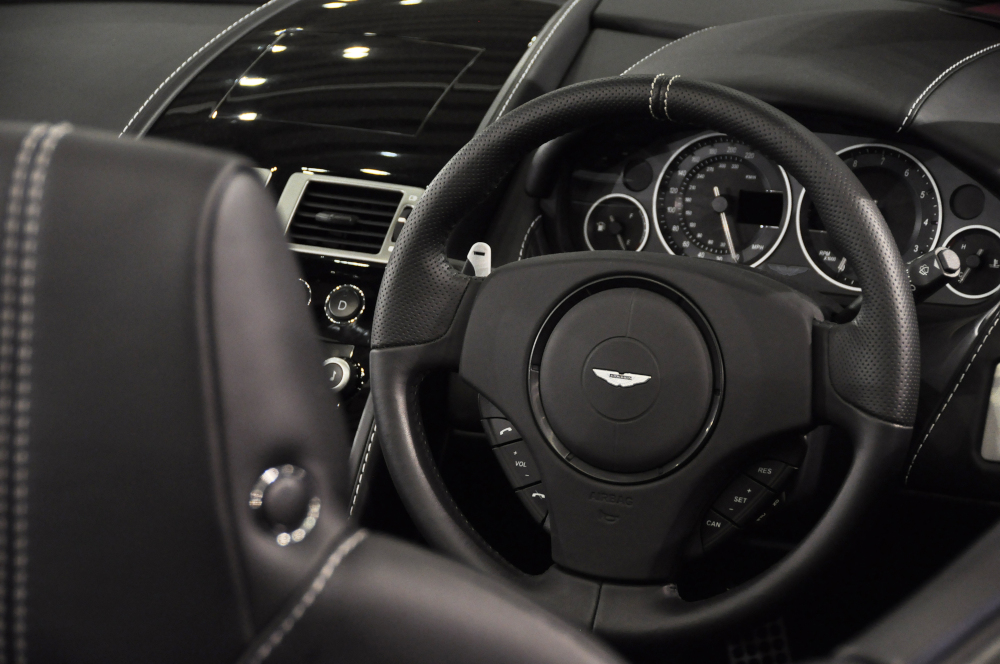
The company formally changed its name to reflect the namesake of its cars in 1925, becoming known henceforth as simply Aston Martin, when Augustus Bertelli, a car designer and racing driver, also became involved in the business following continued financial challenges, which saw Lionel Martin leave the business around this time. Bertelli’s involvement saw a period of racing success and a decade of cars designed known as ‘Bertelli cars’, Bertelli operating within the business as a technical director and designer of all new vehicles.
1932 brought more financial problems and the business would change hands another couple of times ahead of the outbreak of the Second World War, when production of vehicles halted and the business was refocused on aircraft components to assist with the war efforts.
It would be post the Second World War that Aston Martin would settle into a period of stability and several decades when it would successfully build a global reputation, a major result of the launch of Aston’s ‘DB’ vehicles.
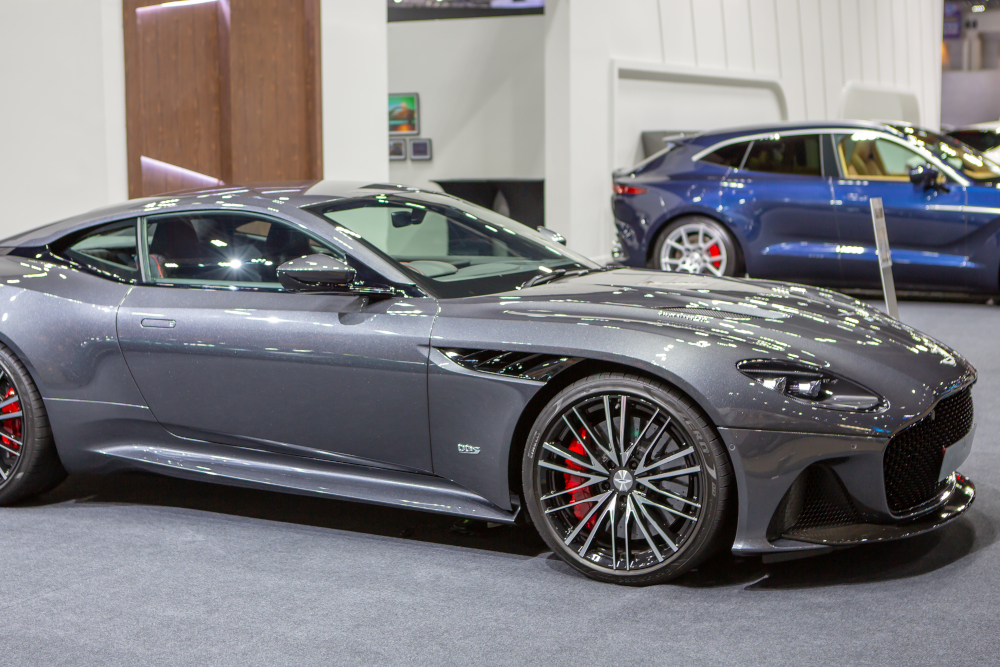
The moniker ‘DB’, now synonymous with the brand, traces its heritage to the period of ownership from 1947 when it was acquired by David Brown Limited, a tractor manufacturer, which also acquired the Lagonda marque. The DB2 was released in 1947, impressing from its launch, taking second and third place in its class at LeMans 1951. The secret to Aston’s appeal during this time was blending power and performance on the racetrack with elegant design and luxurious cars off the track.
The DB2 was followed by the DB3 and DB3S, the DB4, DB4GT and the DB4GT Zagato. All impressive cars, each helping to further build an increasingly desirable reputation. During David Brown’s leadership of the company, Aston Martin won the 1959 Le Mans, as well as taking second place (the marque also stepped briefly into Formula One during this period, although it had limited success and withdrew from this area after a couple of years).
Aston Martin was entering some glory years and more was to come. It was the launch of the Aston Martin DB5 in 1963 that finally catapulted Aston Martin onto the global stage and laid the foundations for the icon it has become today. The DB5 attracted widespread praise and became the luxury sportscar of choice for those fortunate enough to be able to get their hands on one.
The fame of the brand would also receive a significant boost from its collaboration with the James Bond film franchise, a relationship which endures to this day. In Bond’s 1964’s Goldfinger, an Aston Martin DB5 became the car of choice for James Bond, driving the marque’s international fame and desirability and beginning a relationship which the Bond franchise that has now seen Aston Martins appear in twelve Bond films to date.
After Goldfinger, the DB5 itself has appeared in six more Bond films – Thunderball, Goldeneye, Tomorrow Never Dies, Casino Royale, Skyfall and Spectre. Sean Connery, Pierce Brosnan and Daniel Craig have all grasped the wheel and floored the accelerator of this stunning car, Bond’s DB5 modified to include a stunning array of gadgets to aid the famous secret agent’s endeavours. A DB5 Bond car made to promote Thunderball would sell at an auction in 2019 for over $6 million.
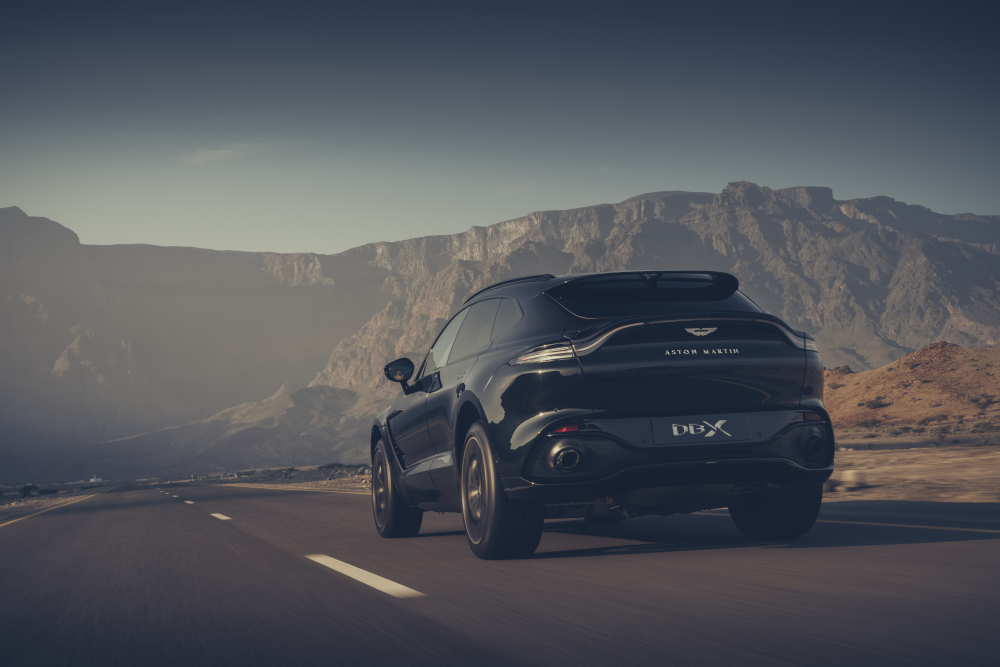
The Aston Martin marque will make its thirteenth appearance in the forthcoming final Daniel Craig film ‘No Time to Die’. The latest release will see appearances from an Aston Martin DBS Superleggera, an Aston Martin DB5, an Aston Martin Valhalla and an Aston Martin V8 Saloon.
1972 saw the company under new ownership once again, continuing on for a few years before running out of cash in late 1974, in part due to the difficulties of developing an engine which would meet new exhaust emission requirements in parts of the USA, which had developed into a key international market for the business. After changing owners multiple times over the next decade and a half, a controlling stake in the company was eventually bought by Ford in 1987.
Just before this, the marque had received a Royal Warrant from His Royal Highness Prince Charles in 1982. The Prince of Wales is said to have received the gift of an Aston Martin DB6 from his mother, Her Majesty The Queen, on his 21st birthday. The Prince of Wales still drives the vintage convertible and it has received global coverage in recent years, featuring as the vehicle of choice for the bride and groom at the wedding of both the Duke and Duchess of Cambridge and the Duke and Duchess of Sussex. An early pioneer of sustainable living, Prince Charles later converted the vehicle to run on biofuel.
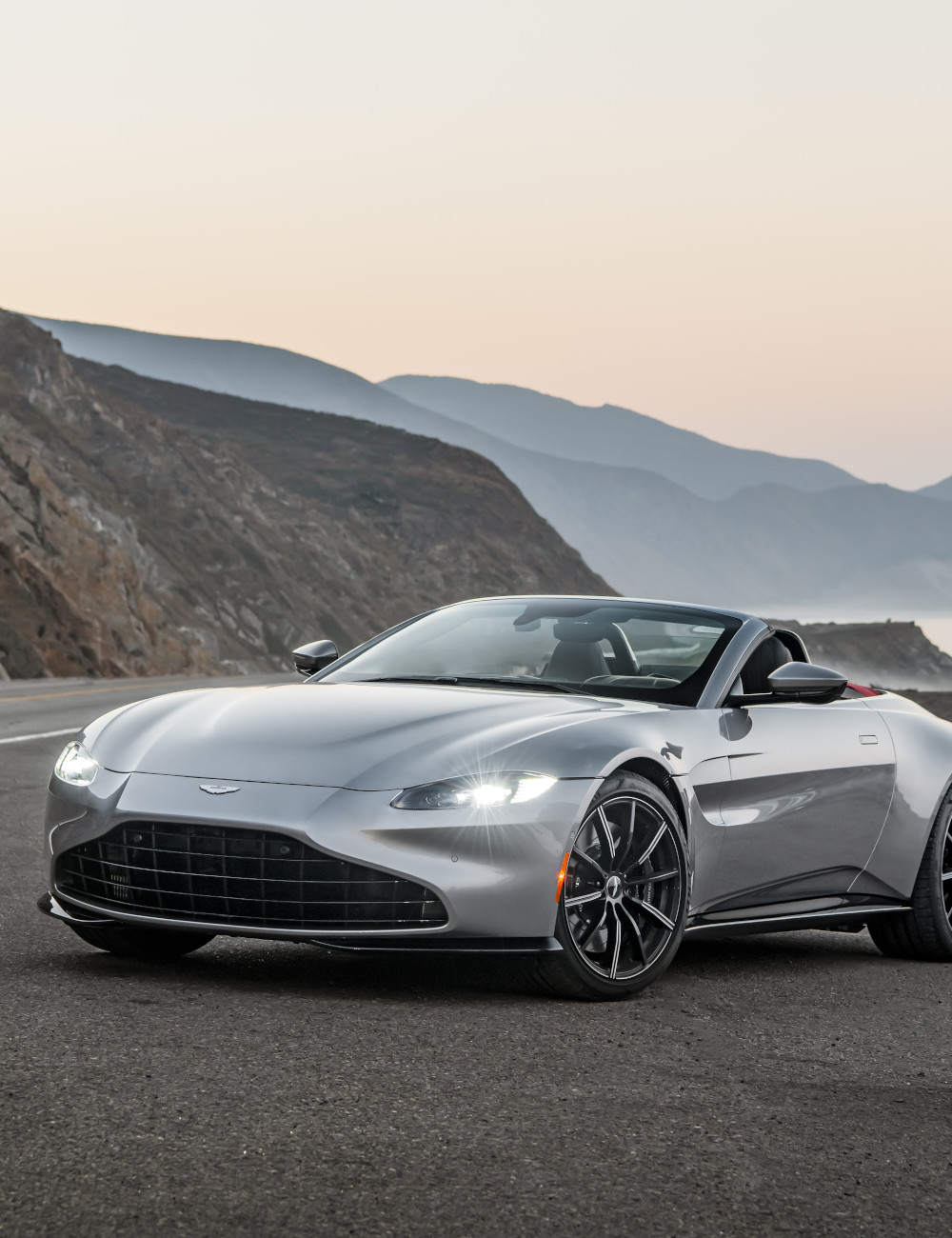
A different ownership structure was formed in 2007 and the business received equity injections throughout the years ahead of its London Stock Exchange Listing in 2018 as Aston Martin Lagonda Global Holdings plc. Since its listing, the brand has pushed forward with a number of key initiatives, helping to ensure it is set for an ambitious future.
In late November 2019, Aston Martin announced the launch of its first SUV, eventually joining the likes of Porsche and Bentley, which have launched luxury SUVs in the preceding years. The DBX was launched with the intention of setting a new standard in the luxury SUV sector ‘bringing both the versatility and indulgence expected of a luxury SUV with sports car levels of dynamic performance’.
Built in Aston Martin’s purpose-built manufacturing facility in St Athan, Wales, the DBX has been designed to allow maximum room in the cabin, putting a premium on refinement and class leading spaciousness for both front and rear occupants. The design also enables the DBX to achieve exceptional dynamics both on and off-road.
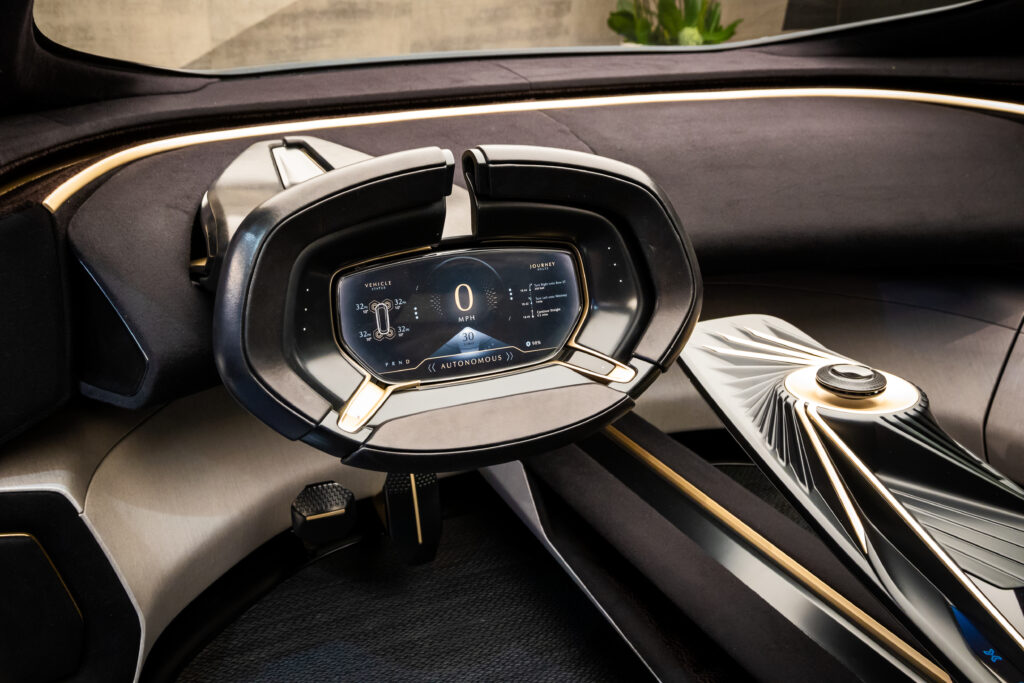
Adaptive triple volume air suspension has been combined with the latest 48v electric anti-roll control system (eARC) and electronic adaptive dampers to provide the new SUV with a huge breadth of ability. With its capacity to raise the ride height by 45mm or lower it by 50mm the air suspension gives any driver the confidence to tackle a wide range of terrain. Powered by a new version of the characterful 4-litre, twin-turbocharged V8 engine found in DB11 and Vantage, DBX features an impressive output of 550PS and 700NM of torque, carefully tuned to meet the specific needs of this model.
With a sound character that is unquestionably Aston Martin, the active exhaust system ensures this is a luxury SUV that can sound refined one moment and exhilarating the next. The turbocharged V8 has cylinder deactivation to enhance fuel economy, yet it can also propel DBX from 0 to 62mph in 4.5 seconds and on to a top speed of 181mph.
DBX’s exterior brings the elegance of Aston Martin’s sports cars into the world of the SUV. From the signature ‘DB’ grille at the front, through the sculptured sides and design feature line, to the tailgate with a flip that draws inspiration from Vantage, this is, without doubt, an Aston Martin.
The DBX is an SUV intended to expand the sales reach of the brand worldwide. With its all-wheel drive system, DBX is a car that will allow the company to increase its presence in markets where perhaps the weather or terrain is less than conducive to rear-wheel drive sports cars. Initial reaction to the DBX has been positive as it has been noted in the company first quarter 2021 accounts as being a positive contributor to the company’s improved performance.
The racing pedigree of Aston Martin remains an important element of the brand today and it continues to perform at the highest levels of motor racing, winning the 2017 and 2020 24 Hours of Le Mans. 2021 saw a return for Aston Martin to Formula One, the new Aston Martin Cognizant Formula One Team car bringing the British ultra-luxury marque back to the pinnacle of world motorsport for the first time in more than 60 years. The Formula One car is the first works Formula One car to carry the famous wings since Maurice Trintignant’s DBR5 crossed the finish line at Silverstone in 1960.
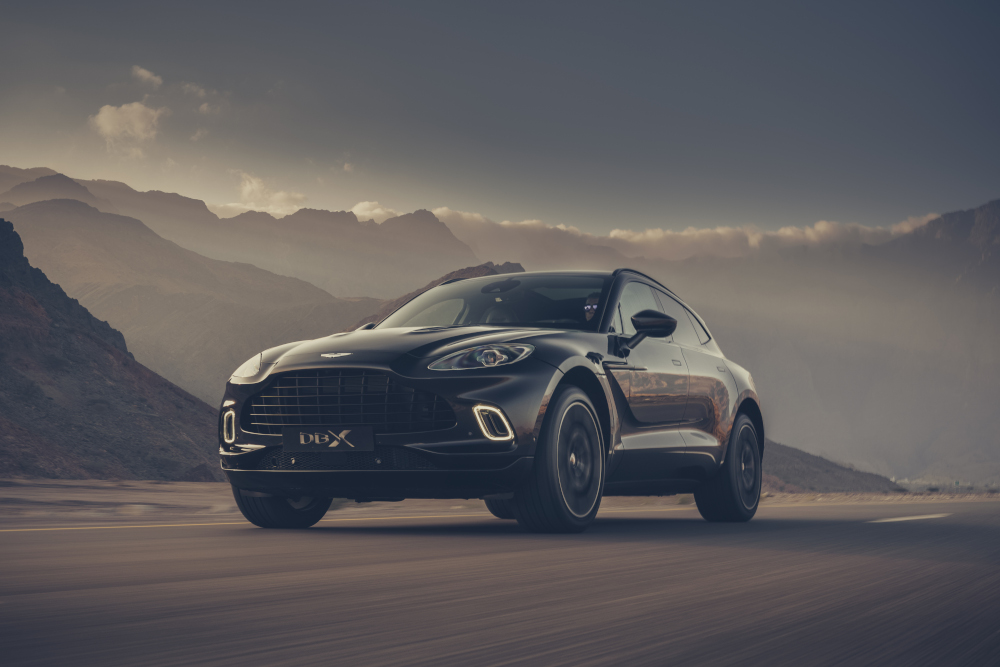
The return to the pinnacle of motorsport has been a clear strategy for the brand. Tobias Moers, chief executive officer at Aston Martin Lagonda, said: “The Aston Martin Cognizant Formula One Team will have far-reaching positive effects on the Aston Martin brand, our culture, and the design and technology of Aston Martin road cars. Our return to Formula One will positively and profoundly affect every employee and foremost our customer journey all over the world; and will help us bring a focused, agile Formula One way of thinking to the whole Aston Martin business.
“Indeed, the Formula One team will become a dynamic and exciting innovation lab to drive forward future Aston Martin road car technologies and performance, which will truly differentiate our cars in the coming years. Aston Martin has always made beautiful cars. Now, as we begin a new era of Aston Martin in Formula One, we’ll bring more innovation and more performance.”
Over a hundred years ago, Martin and Bamford sought to build distinctive cars that combined exhilaration and beauty. With the current range, including the Vantage, DB11, DBS Superleggera, DBX and the limited edition Valkyrie, that ambition lives on. The company now targets to be £2 billion in revenues and £500 million in adjusted EBITDA (earnings before interest, taxes, depreciation and amortization) by 2024/25. It has some way to go, but quarter one financial results to March 2021 showed a 158 per cent increase in revenues versus the same period in the prior year and the report references improvements towards better profitability.
Despite its rollercoaster financial history, Aston Martin remains as one of the most sought-after marques in the world. In 2017, the 1956 Aston Martin DBR1/1, a vehicle driven by Sir Stirling Moss, became the most expensive British car ever to be sold at auction, fetching over $22 million. What a tribute to the vision of Lionel Martin and Robert Bamford.
All imagery used in this article unless stated otherwise credit: Aston Martin












